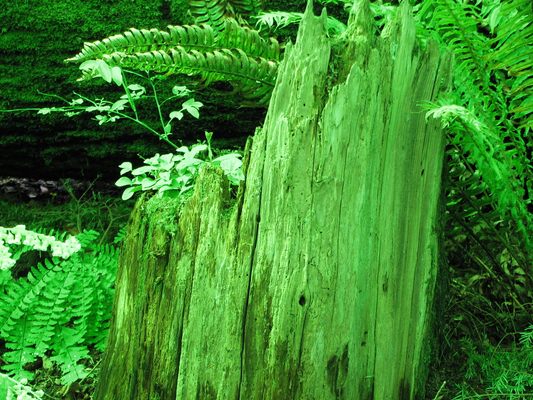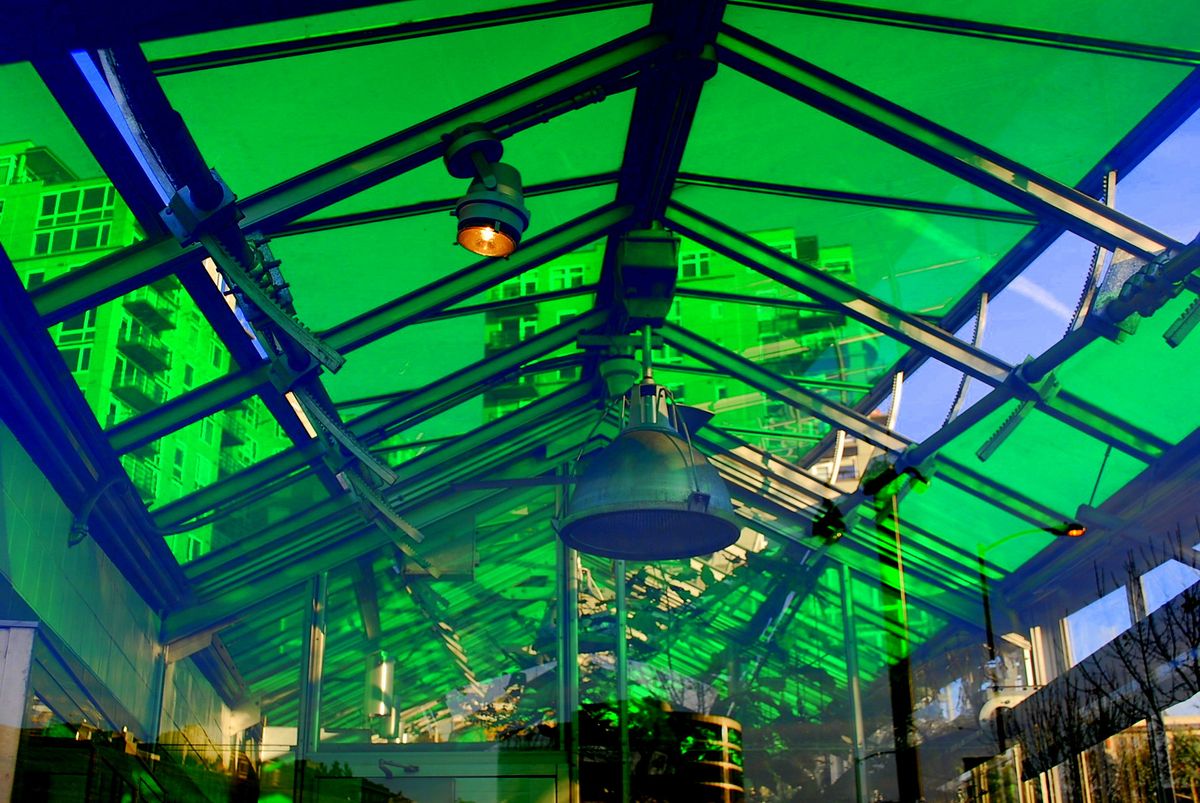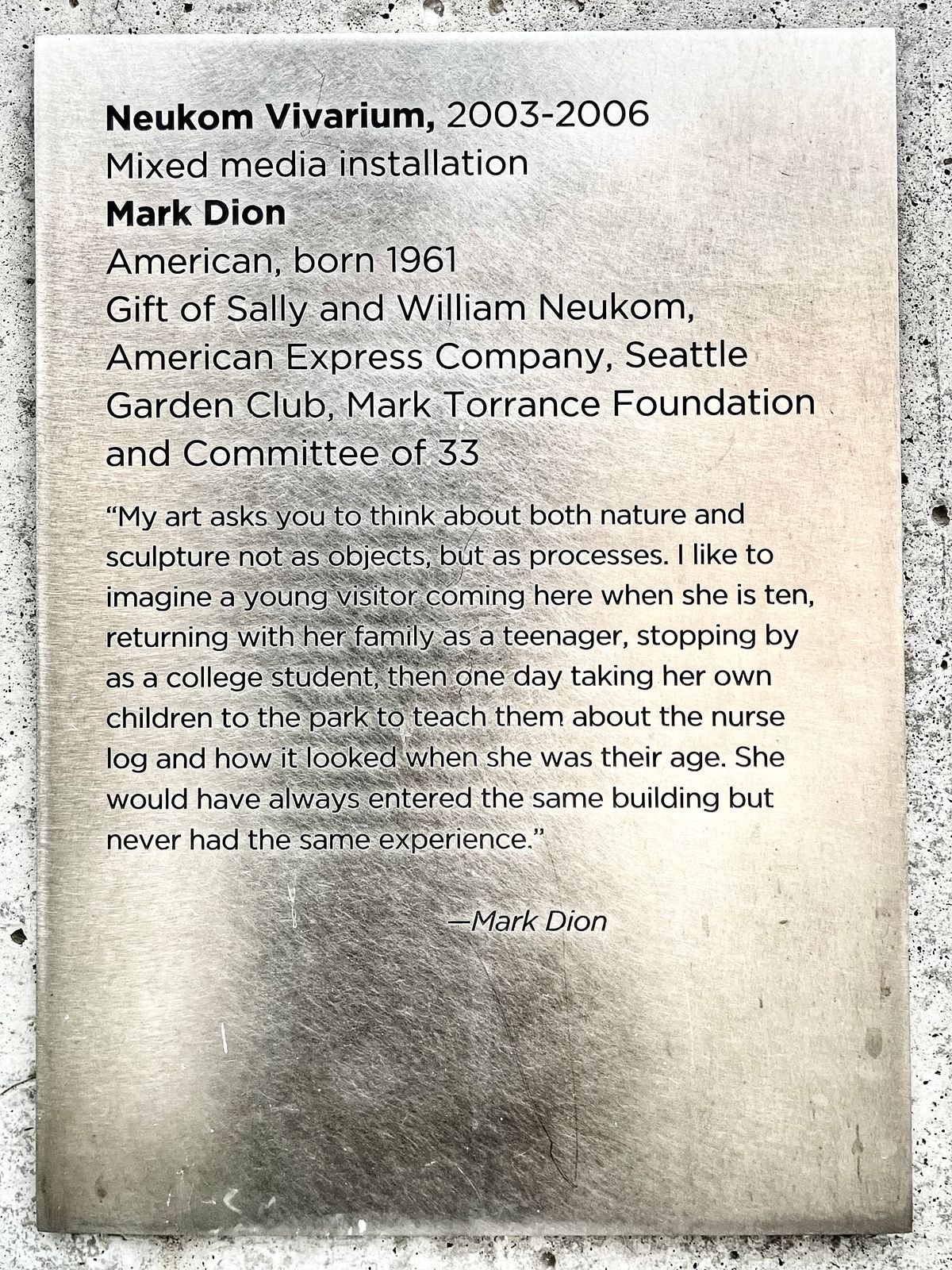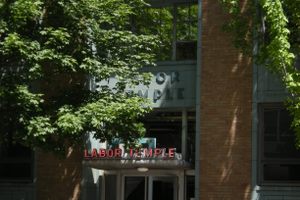About
Exploring the woods inevitably involves detritus: a broken branch decaying on the ground, leaves slowly turning to dust, pine cones gone to seed. Perhaps you've stumbled across a behemoth of a once-tree, felled by lightning or creeping, internal rot.
In Seattle's Olympic Sculpture Park, you'll find sculptures by modern masters like Claes Oldenburg and Richard Serra, but you'll also find another more unusual work of art: a rotting tree. It's slowly rotting, in a controlled environment called the Nekoum Vivarium. (Vivarium means "a place of life" in Latin.)
The tree in the sculpture park is not entirely sculpture nor nature but is perhaps a mixture of both—natural decay under the careful gaze of the artist. This western hemlock lived its life in the Green River Watershed and was brought, with permission of the state, to the Olympic Sculpture Park in 2006.
The vivarium was the vision of artist-cum-arborist Mark Dion. As he put it: "In some ways, this project is an abomination. We’re taking a tree that is an ecosystem—a dead tree, but a living system—and we are re-contextualizing it and taking it to another site." Dion had to figure out how to effectively build a substitute for the natural environment. which was incredibly complicated and expensive. "Despite all of our technology and money," he said, "when we destroy a natural system it’s virtually impossible to get it back. In a sense, we’re building a failure."
The display includes magnifying glasses to examine the rot and a chalkboard for lessons on trees. The room is open whenever a volunteer staffer is there. The vivarium is in a nine-acre park on the Seattle waterfront, adjacent to Myrtle Edwards Park.
Related Tags
Community Contributors
Added By
Published
December 13, 2009
Updated
April 7, 2023




















































